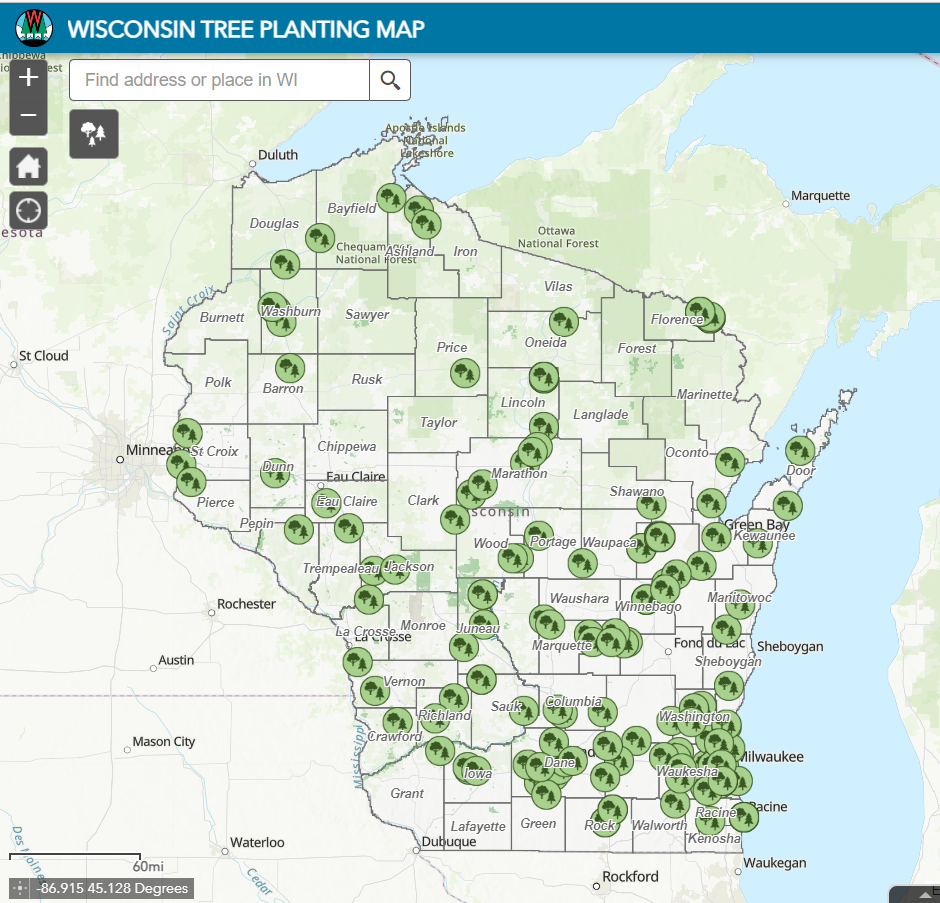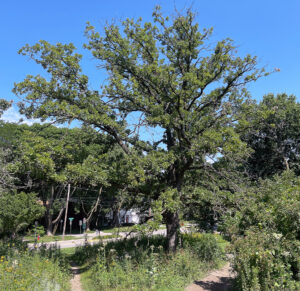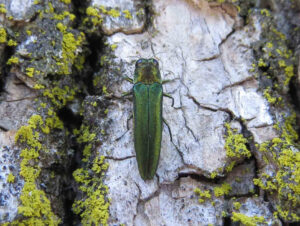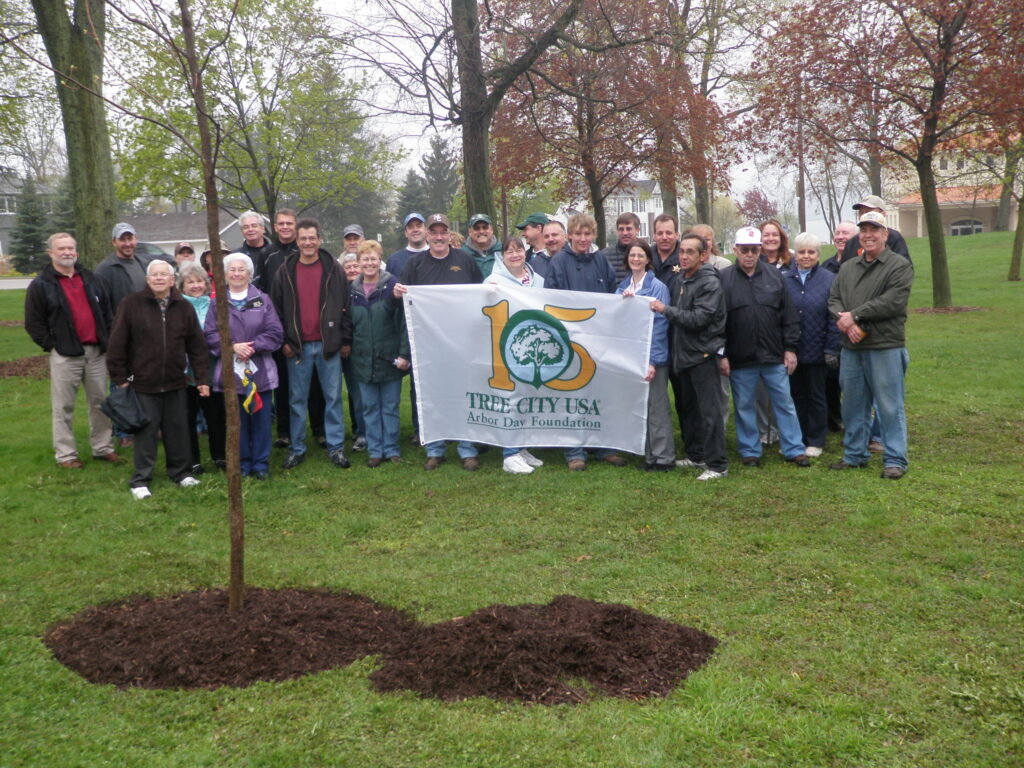By Dan Buckler, DNR Urban Forest Assessment Specialist, Milwaukee, Daniel.Buckler@wisconsin.gov or 608-445-4578
 Autumn is a great time to plant trees. After the trees go in the ground, please take a few minutes to document the effort in the Wisconsin Tree Planting Map. The map was designed to help track trees planted to advance the state’s pledge to the Trillion Trees Initiative.
Autumn is a great time to plant trees. After the trees go in the ground, please take a few minutes to document the effort in the Wisconsin Tree Planting Map. The map was designed to help track trees planted to advance the state’s pledge to the Trillion Trees Initiative.
While the DNR may be able to track the ultimate destination of seedlings grown at the state nursery, or trees which have been funded by DNR grants, there are so many others planted across Wisconsin which go undocumented. The planting map was designed to help fill that void and to ensure that those trees are accounted for in our tallies.
Whether it was a planting of one tree or a thousand, take a couple minutes to submit your information through an easy-to-use survey.





 The application portal for Tree City USA is
The application portal for Tree City USA is  The city of Mauston (Juneau County, Wisconsin) is a small rural city of just under 4,500 people, situated along the I-90/94 corridor in central Wisconsin. Despite having a highly successful local manufacturing economy, a regional medical center and being situated in heavily trafficked regional tourist destination area, Mauston and Juneau County both have lower than average incomes and high levels of poverty. The region is one of Wisconsin’s rural food deserts, and the local food pantry, the Community Sharing Pantry, plays a crucial role in fighting local hunger.
The city of Mauston (Juneau County, Wisconsin) is a small rural city of just under 4,500 people, situated along the I-90/94 corridor in central Wisconsin. Despite having a highly successful local manufacturing economy, a regional medical center and being situated in heavily trafficked regional tourist destination area, Mauston and Juneau County both have lower than average incomes and high levels of poverty. The region is one of Wisconsin’s rural food deserts, and the local food pantry, the Community Sharing Pantry, plays a crucial role in fighting local hunger.